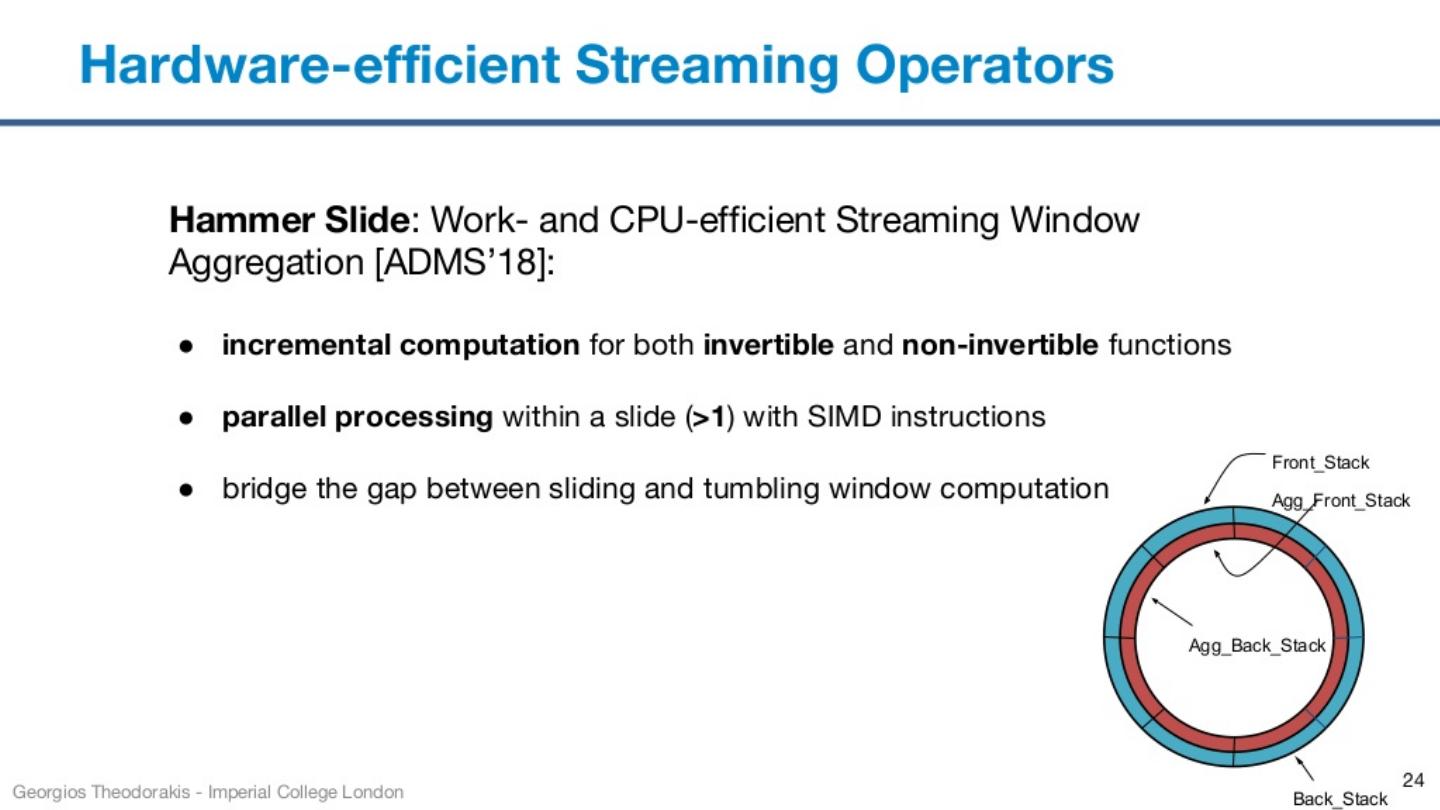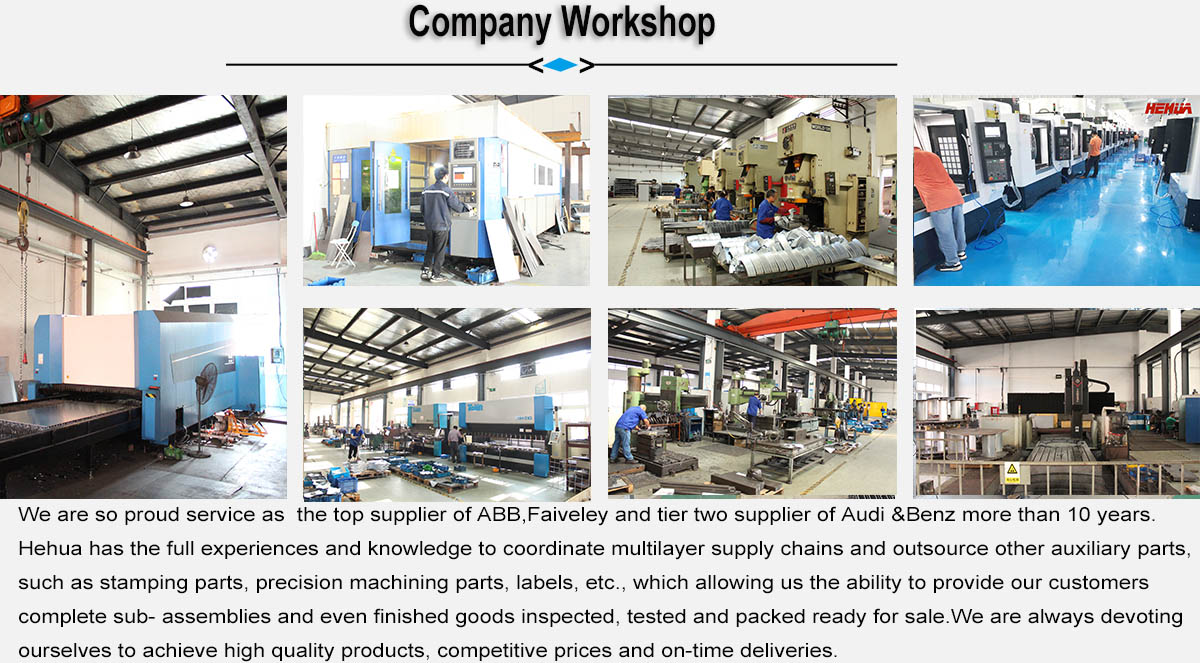Customized Processing of Hardware Shells - A Detailed Look into the Industry
This article delves into the industry of customized processing of hardware shells. It explores the various stages involved in creating hardware shells, from the initial design to the final product. The article also examines the different techniques and materials used in hardware shell processing, emphasizing the importance of customization in meeting specific customer needs. Additionally, it discusses the market trends and potential opportunities in hardware shell processing, concluding that with advancements in technology and a growing demand for personalized products, the industry is poised for significant growth.
In today's fast-paced industrial landscape, the customized processing of hardware shells has become a crucial aspect of manufacturing. This industry involves a range of processes to convert raw materials into finished products, tailored to meet the specific needs of various industries. From automotive to aerospace, these processed hardware shells play a significant role in the performance and aesthetics of the final product.

In this article, we will delve into the world of customized hardware shell processing. We will explore the various stages involved in this complex manufacturing process, from material selection to final inspection, and discuss the challenges and opportunities that arise at each stage. By understanding these aspects, we can gain a deeper understanding of how this industry contributes to the broader economy and how it adapts to changing market demands.
Material Selection
The first step in customized hardware shell processing is material selection. This process involves identifying the right combination of properties, such as strength, heat resistance, electrical conductivity, and cost-effectiveness, to meet the specific application requirements. Common materials used in hardware shell processing include aluminum, steel, titanium, and plastics. By carefully evaluating these factors, manufacturers can ensure that their products have the desired performance characteristics while staying within budget.
Design and Engineering
Once the material is selected, the next step is design and engineering. This stage involves creating a detailed model of the hardware shell using CAD (Computer-Aided Design) software. Engineers use this model to determine the shell's shape, size, and other physical characteristics. They also evaluate the design for its structural integrity and ability to withstand the environmental conditions it will encounter during its intended use.
Tooling and Cutting
After the design is approved, the next step is tooling and cutting. This process involves creating the necessary cutting tools to shape the material into the desired hardware shell. Manufacturers use various cutting techniques, such as milling, turning, and laser cutting, to achieve the desired precision and accuracy. Tooling and cutting are crucial stages in hardware shell processing, as they directly impact the quality and performance of the final product.

Surface Treatment
Once the hardware shell is cut and shaped, it undergoes surface treatment to enhance its physical and chemical properties. Common surface treatments include painting, coating, anodizing, and electroplating. These treatments help improve the shell's corrosion resistance, wear resistance, and aesthetic appearance. By carefully controlling these processes, manufacturers can ensure that their products have the desired performance characteristics while meeting customer expectations for appearance and quality.
Final Inspection and Quality Control
The final step in customized hardware shell processing is final inspection and quality control. This stage involves conducting a series of tests to ensure that the hardware shell meets all specified standards and requirements. Manufacturers use various inspection techniques, such as visual inspection, dimensional inspection, and material testing, to ensure that their products are free from defects and errors. By implementing effective quality control measures, manufacturers can ensure that their products have the desired performance characteristics while meeting customer expectations for reliability and durability.
In conclusion, customized hardware shell processing is a complex but essential process in manufacturing. By understanding the various stages involved in this process, from material selection to final inspection, we can gain a deeper understanding of how this industry contributes to the broader economy and how it adapts to changing market demands. As manufacturers continue to innovate and improve their processes, we can expect customized hardware shell processing to become even more efficient and cost-effective in the years to come.
Articles related to the knowledge points of this article:
Furniture Hardware Customization: A Detailed Look into the Process and Benefits



